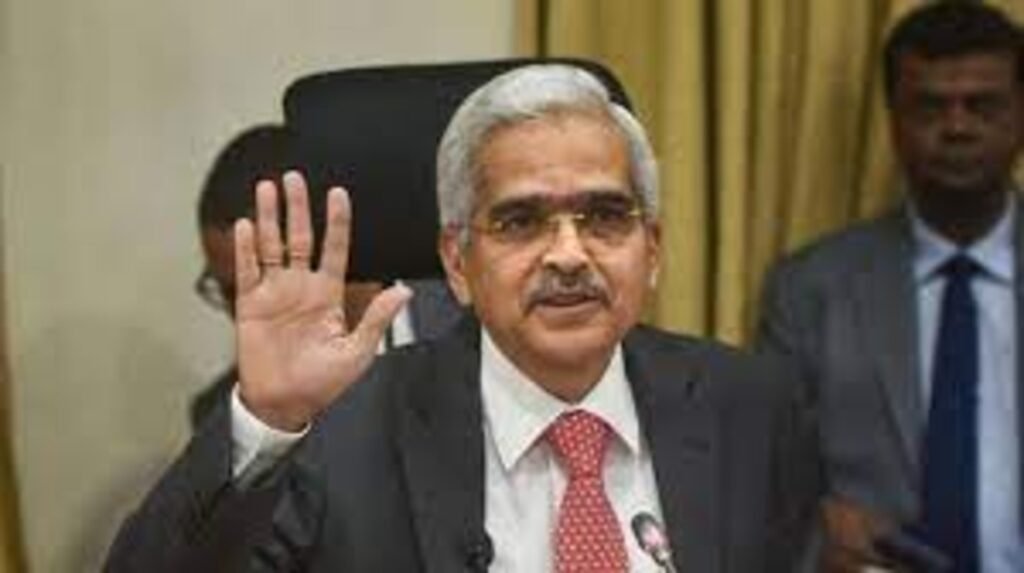Introduction
In the ever-evolving landscape of economic stability, the Reserve Bank of India (RBI) under the leadership of Governor Shaktikanta Das is steering the ship with a forward-looking approach to monetary policy. In a recent address at the Delhi School of Economics Diamond Jubilee Distinguished Lecture, Governor Das drew a compelling analogy between monetary policy and driving a car on a road filled with potential obstacles.

Looking Beyond the Rear-View Mirror
Governor Das emphasized that monetary policy must be forward-looking. Just as a driver needs to anticipate obstacles on the road ahead and regulate the car’s speed accordingly, the RBI must anticipate economic challenges and react proactively. Reacting suddenly, like a driver hitting a speed bump without warning, can lead to economic accidents.
The Battle Against Inflation
One of the most significant challenges the RBI has faced in recent years is persistently high inflation. The Monetary Policy Committee (MPC) has been entrusted with the task of maintaining retail inflation at a 4 percent target, with a tolerance band of 2-6 percent. Inflation reached a 15-month high of 7.44 percent in July, primarily due to soaring vegetable prices.
To combat this inflationary pressure, the RBI raised the repo rate, the rate at which the central bank lends short-term funds to banks, by 250 basis points since May 2022.
Balancing Act
Governor Das stressed that while controlling inflation is a priority, it’s equally crucial to prevent the second-order effects of inflation, which can lead to a generalized price hike. Government policies play a pivotal role in achieving this balance.
He also highlighted the importance of liquidity management, especially in the post-COVID era. The RBI’s measures were designed to ensure stability without disrupting the financial ecosystem, with a keen eye on preventing any long-term damage.
Price Stability and Financial Stability
Governor Das reiterated the symbiotic relationship between price stability and financial stability. Both are integral to economic well-being. Striking a balance between these two objectives can be challenging, especially in times of economic crises, as seen in Western economies.
Additionally, he pointed out that central bank communication. It must be carefully balanced. Too much or too little communication can create market uncertainty.
Conclusion
As India’s central bank, the RBI, grapples with the complexities of managing inflation, liquidity, and overall economic stability, Governor Shaktikanta Das’s forward-looking approach reminds us that the path to economic success requires anticipation, adaptability, and a clear vision of the road ahead. In the ever-changing economic landscape, it’s not enough to rely solely on the rear-view mirror; we must focus on the journey ahead.






